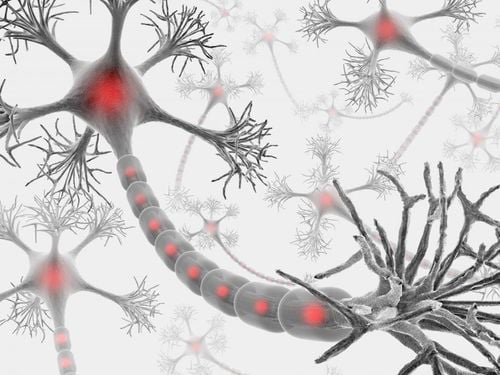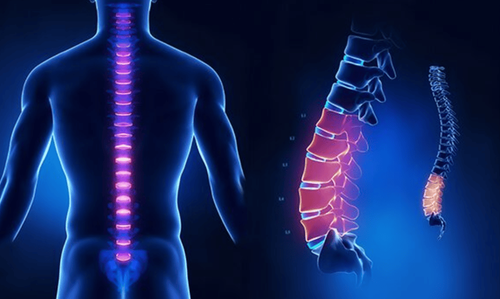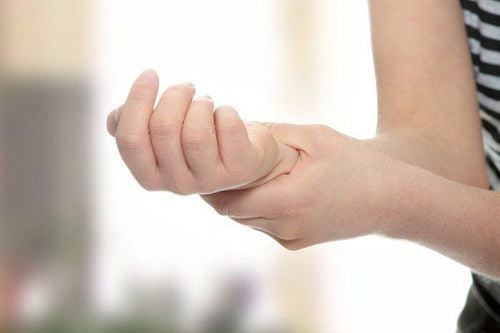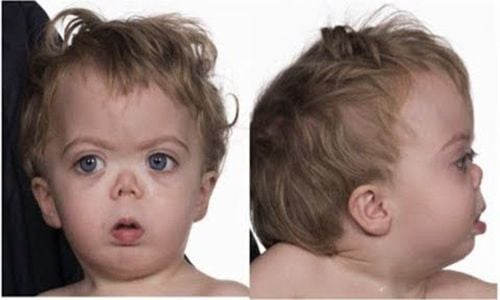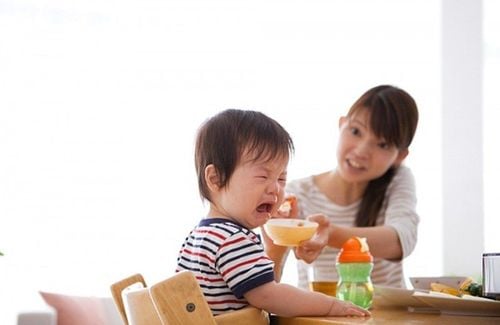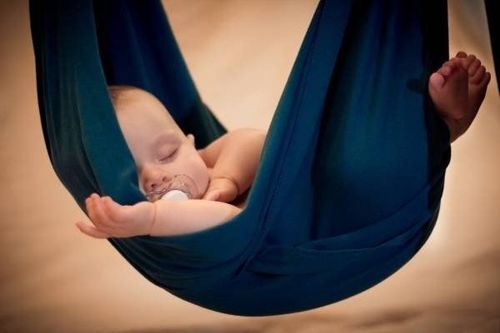This is an automatically translated article.
Spinal deformity makes the child's body shape deformed, not only affecting the aesthetic province but also affecting motor function, especially cardiovascular and respiratory problems. Even if it's a girl with a spinal deformity, it can affect fertility later in life. Exercise for children with spinal deformities will help prevent possible complications, as well as help children develop better and more balanced.1. Common spinal deformities in children
According to the assessment, children may have the following problems that cause deformation to the spine:Scoliosis: This is a condition in which the spine deviates to the right or left from the midline of the spine if viewed straight from the back. back. Spinal curvature: This is a condition in which the back of the spine is excessively curved back compared to the body curve if viewed from the side of the patient. Spinal flexion: This is a condition in which the lumbar spine is excessively curved forward (curvature) compared to the physiological curve if viewed from the side of the patient.
2. Causes of spinal deformity in children
Common causes of spinal deformities in children include:Sitting in the wrong position Tables and chairs are not suitable Sitting studying for too long, little change in posture Bad walking habits (bent forward, .. .) Spontaneous scoliosis is often inherited Curvature due to neuromuscular diseases (Neuromuscular scoliosis): Abnormalities of nerve and muscle organization will cause scoliosis treatment. Common in pediatric patients with cerebral palsy, polio, myasthenia gravis, and pathological conditions of the muscles and peripheral nerves.
3. Complications when children have spinal deformities
Some of the effects of spinal deformity in children can be listed as:Damage to the heart and lungs: In the case of severe scoliosis, the deformed rib cage can press on the lungs and heart, causing difficulty breathing in children, reducing the contractility of the heart, greatly affecting the health and development of children. Pelvic deformity in female infants can affect childbirth. In addition, it also affects the aesthetics due to the unbalanced body shape. Affects children mentally and psychologically. Affects mobility, daily activities and children often have back pain...
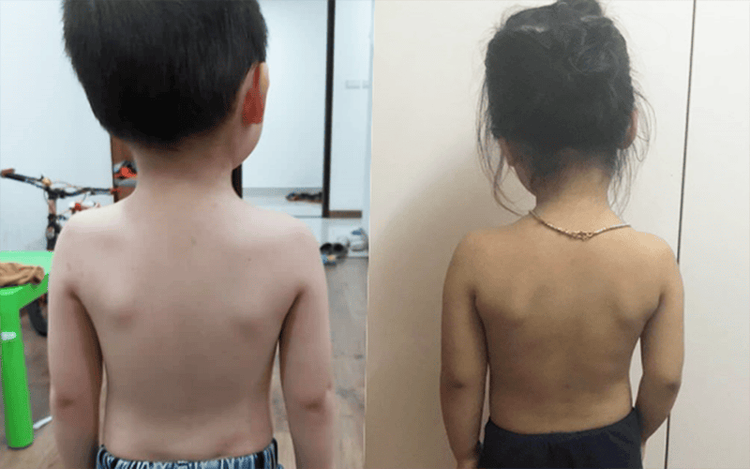
Trẻ bị biến dạng cột sống khiến hình dáng cơ thể bị biến dạng
4. Exercise for children with spinal deformities
Indicated for cases of children suffering from the following spinal deformities:Scoliosis Ankylosing spondylitis The performer needs to be a rehabilitation doctor, a physiotherapist technician. Tools should use exercise pads, angle measuring tools.
When conducting exercise for children with spinal deformity, parents can refer to the following lessons:
Exercise 1: Increase mobility of the back spine The goal is to increase the range of flexion movement of the spine. back spine. Stretch the back extensor muscle group.
Technique: Patient's position: sitting, legs straight and close, hands out in front. Technician pose: sitting next to and guiding the model. When performing, the patient needs to straighten the two legs. Bring your hands out in front of your bent back, as close to your fingers as possible.
Exercise 2: Increase the strength of the flexor and rotation muscles The goal is to increase the strength of the flexor and rotation muscles. Enhance the flexibility of the spine
Technique, child's position: lying on the back, hands clasped behind the nape of the neck, legs straight. Technician position: standing or kneeling beside, 1 hand fixed on 2 thighs and 1 hand fixed on 2 legs of the patient.
Procedure: the technician holds the child's legs in place, the patient puts his hands behind his neck, bends his body, rotates his body, and elbows to the opposite side.
Exercise 3: Stretching the concave part of the curve The goal is to stretch the muscle group on the concave side of the left lumbar curve. Prevention of lumbar spinal stenosis.
Technique: Child's position: lying prone, hands clasped on both sides of the table. For technicians, should stand next to the patient and support the two hands in front of the child's thighs. During the procedure, the patient keeps his upper body immobilized. The technician stretches the lumbar vertebrae to the left.
Exercise 4: Stretching the muscles in the concave part of the spine The goal is to stretch the concave part of the right thoracic curve, increase flexibility and maintain the range of motion of the back spine.
Let the child lie on the side with the curve, dropping down on the edge of the table. The technician stands and holds the patient's hip. Conduct the patient to drop down to the edge of the table, the upper arm is extended straight above the head, roll the towel to the right apex of the spine curve. Hold the pose for 3 to 5 minutes.
Exercise 5: Stretching the spine The goal is to help stretch the spine, increase the elasticity of the torso.
Technique for the patient's position: stand with both arms bent 180 degrees, straightened. The technician stands next to the child. Hold the patient's hands on the crossbar, trying to keep the heels off the floor.
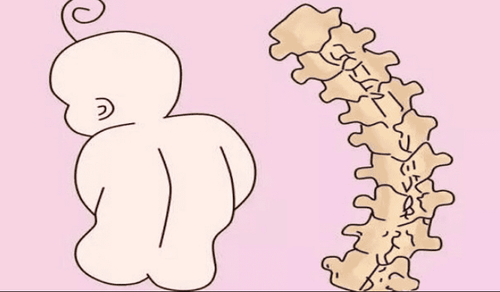
Tập vận động cho trẻ bị biến dạng cột sống nhằm đề phòng các biến chứng
Patient position: lying on the side and the technician standing behind. During the procedure, the patient lies on his left side and lifts his torso off the floor to stretch the convex side of the right thoracic curve.
Exercise 7: The goal is to improve respiratory and cardiovascular function, and increase the expansion of the thoracic cavity.
Patient position: lying in a semi-recumbent half-sitting position and the technician standing next to him. Procedure: The patient takes a deep breath and exhales slowly. The patient's hands are placed under the diaphragm.
Note when performing the technician recording on the exercise sheet, including the date, time, and number of times performed to monitor the child's training and progress. Monitor blood pressure, pulse, temperature, breathing rate during exercise.
It can be seen that rehabilitation exercises for children with spinal deformities play a very important role, so parents should pay attention to taking their children to treatment when their children have spinal deformities. Early treatment always brings good results as well as limits later effects.
Vinmec International General Hospital is a high-quality medical facility in Vietnam with a team of well-trained, experienced and professional musculoskeletal doctors; system of modern equipment, meeting international standards; Professional service quality, for effective diagnosis and treatment of bone and joint diseases in all children and adults
The hospital is also equipped with a system of modern and advanced medical equipment, owning Many of the best machines in the world help to detect many difficult and dangerous diseases in a short time, supporting the diagnosis and treatment of doctors most effectively. The hospital space is designed according to 5-star hotel standards, giving patients comfort, friendliness and peace of mind.
Please dial HOTLINE for more information or register for an appointment HERE. Download MyVinmec app to make appointments faster and to manage your bookings easily.
Source: Ministry of Health



